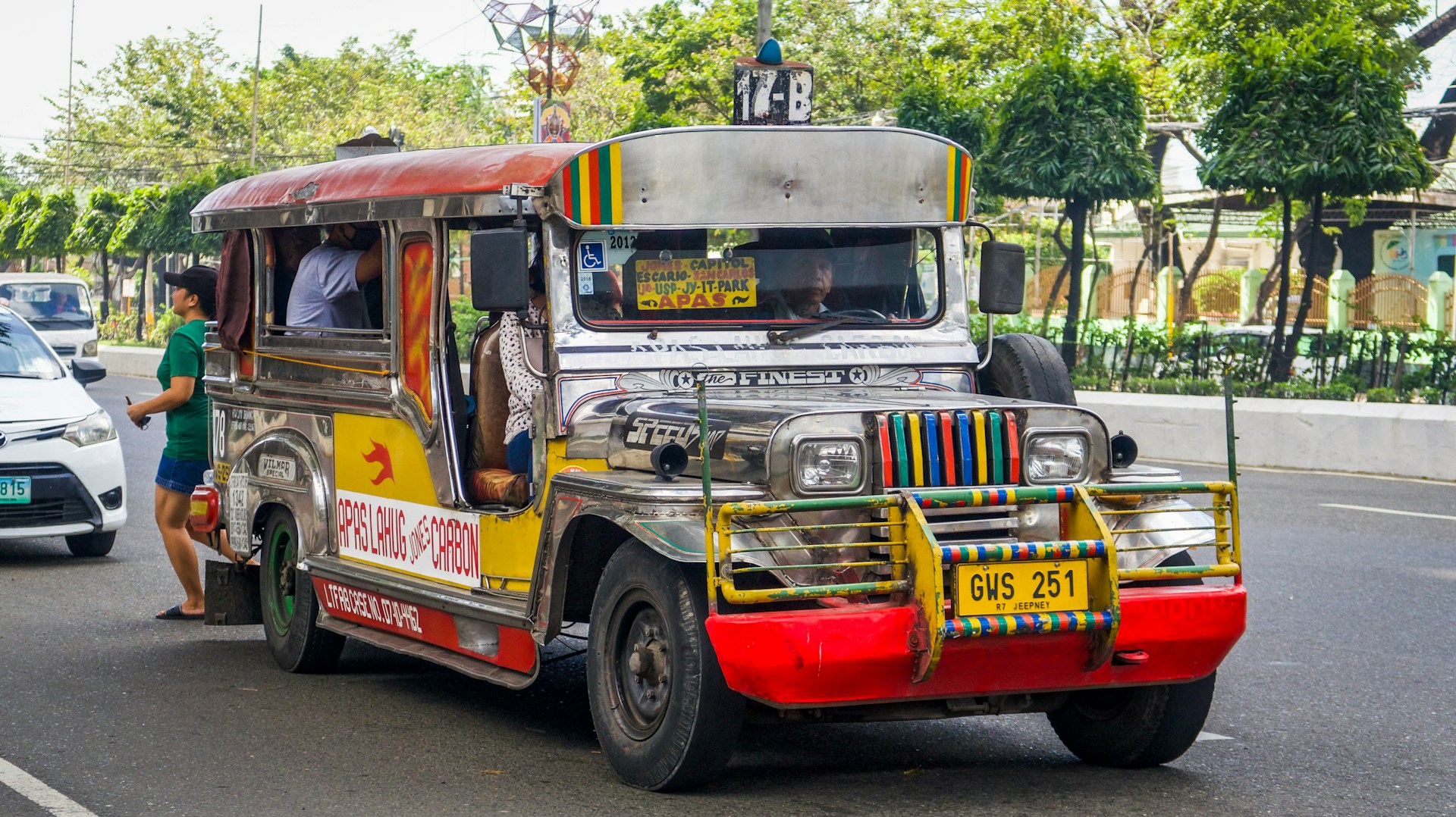By Elena Rodriguez
Ah, the Jeepney. More than just a mode of transport, it’s practically woven into the fabric of Filipino life. You see it everywhere, decked out in vibrant colors, roaring down the streets of Manila. But have you ever stopped to think about the *people* behind the wheel? The Jeepney drivers? Their lives are a mix of hardship and pride, a real reflection of Filipino resilience.
A Day in the Life: More Than Just Driving
So, what’s a typical day like for a Jeepney driver? Well, it starts *early*. Like, before the sun even thinks about peeking over the horizon. They’re out there battling the infamous Manila traffic, which, let’s be honest, is a beast of its own. Long hours are the norm, often stretching from sunrise to well past sunset. Think about it: navigating crowded streets, dodging pedestrians, all while trying to make a living. It’s not exactly a walk in the park.
And it’s not just the traffic. Competition is fierce. Every Jeepney driver is vying for passengers, trying to fill their vehicle and make enough to support their families. And then there’s the rising cost of fuel… ugh, don’t even get me started! It eats into their profits, making it even harder to make ends meet.
The Challenges They Face: A Constant Struggle
Beyond the daily grind, there are bigger challenges looming. One of the biggest is the Public Utility Vehicle Modernization Program (PUVMP). Now, I know what you’re thinking: modernization sounds good, right? Well, in theory, yes. But in practice, it’s threatening the livelihoods of many Jeepney drivers. The program aims to replace older Jeepneys with newer, more environmentally friendly models. Sounds reasonable, but the problem is, many drivers simply can’t afford to upgrade.
It’s a tough situation. These Jeepneys are their bread and butter, often passed down through generations. Forcing them to upgrade to expensive new vehicles could push them into debt, or worse, out of a job altogether. It’s a real threat to their way of life, and to the cultural icon that the Jeepney represents.
Rewards Beyond the Paycheck: Independence and Community
But it’s not all doom and gloom. Despite the challenges, there are rewards to being a Jeepney driver. One of the biggest is the sense of independence. They’re their own bosses, setting their own hours (within reason, of course) and managing their own routes. There’s a certain freedom in that, a sense of control over their own destiny.
And then there’s the connection to the community. Jeepney drivers are a vital part of the transportation system, linking people to their jobs, schools, and families. They see the same faces every day, building relationships with their passengers. The Jeepney becomes a sort of mobile community hub, a place where people connect and share stories. You know, I’ve even heard stories of drivers going out of their way to help passengers in need. It’s that kind of *bayanihan* spirit that makes the Philippines so special, isn’t it?
The Jeepney Driver’s Role in Filipino Society
So, what’s the role of Jeepney drivers in Filipino society? Well, they’re more than just drivers. They’re entrepreneurs, community leaders, and cultural icons. They embody the Filipino values of hard work, resilience, and *pakikipagkapwa-tao* (roughly translated as “sense of shared identity and community”). And they contribute to the country’s transportation system, providing affordable and accessible transportation to millions of Filipinos every day.
It’s easy to take them for granted, to see them as just another part of the urban landscape. But the next time you see a Jeepney, take a moment to appreciate the driver behind the wheel. They’re working hard to make a living, contributing to their community, and keeping a vital part of Filipino culture alive. Let’s not forget that, okay?

